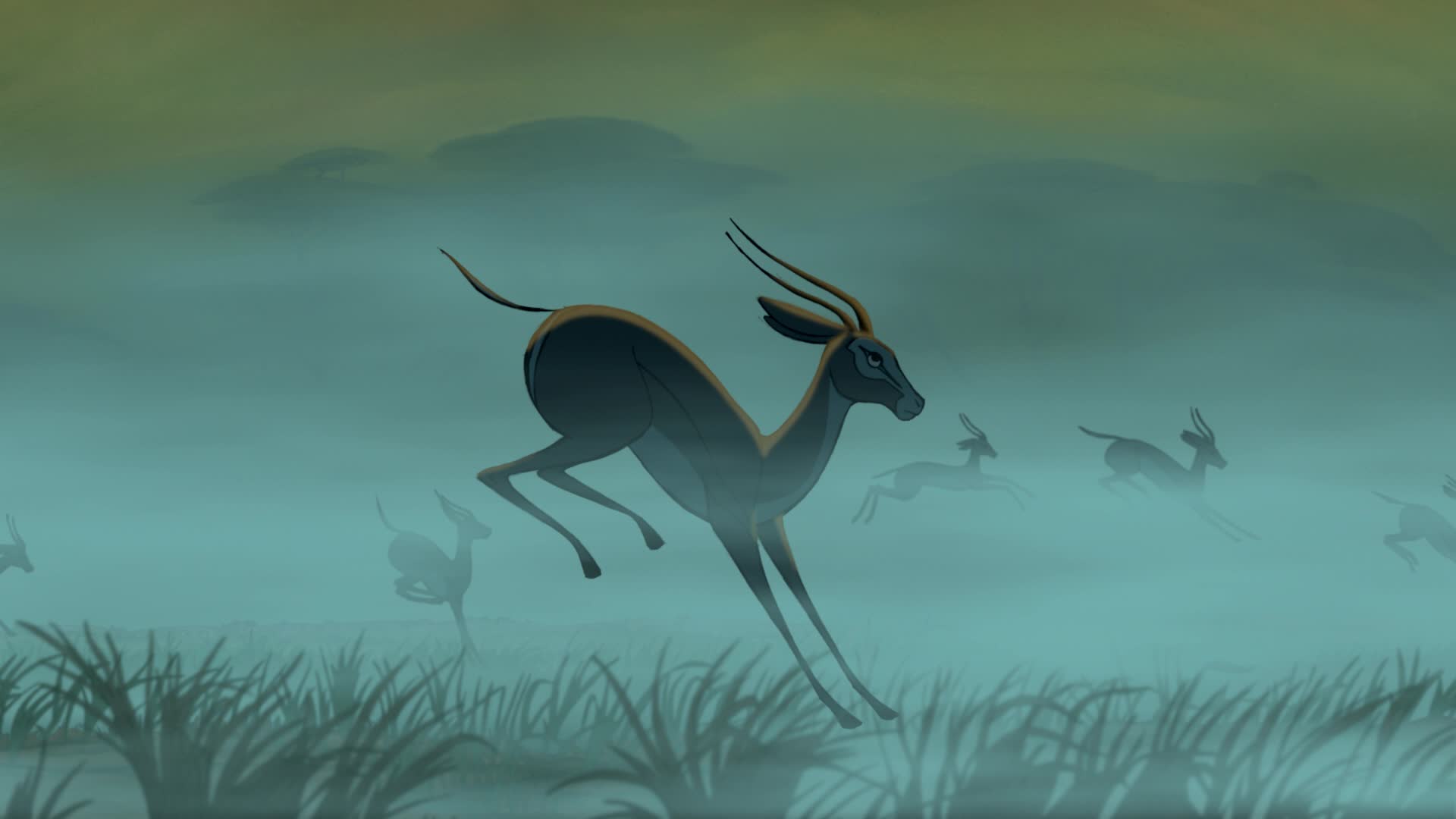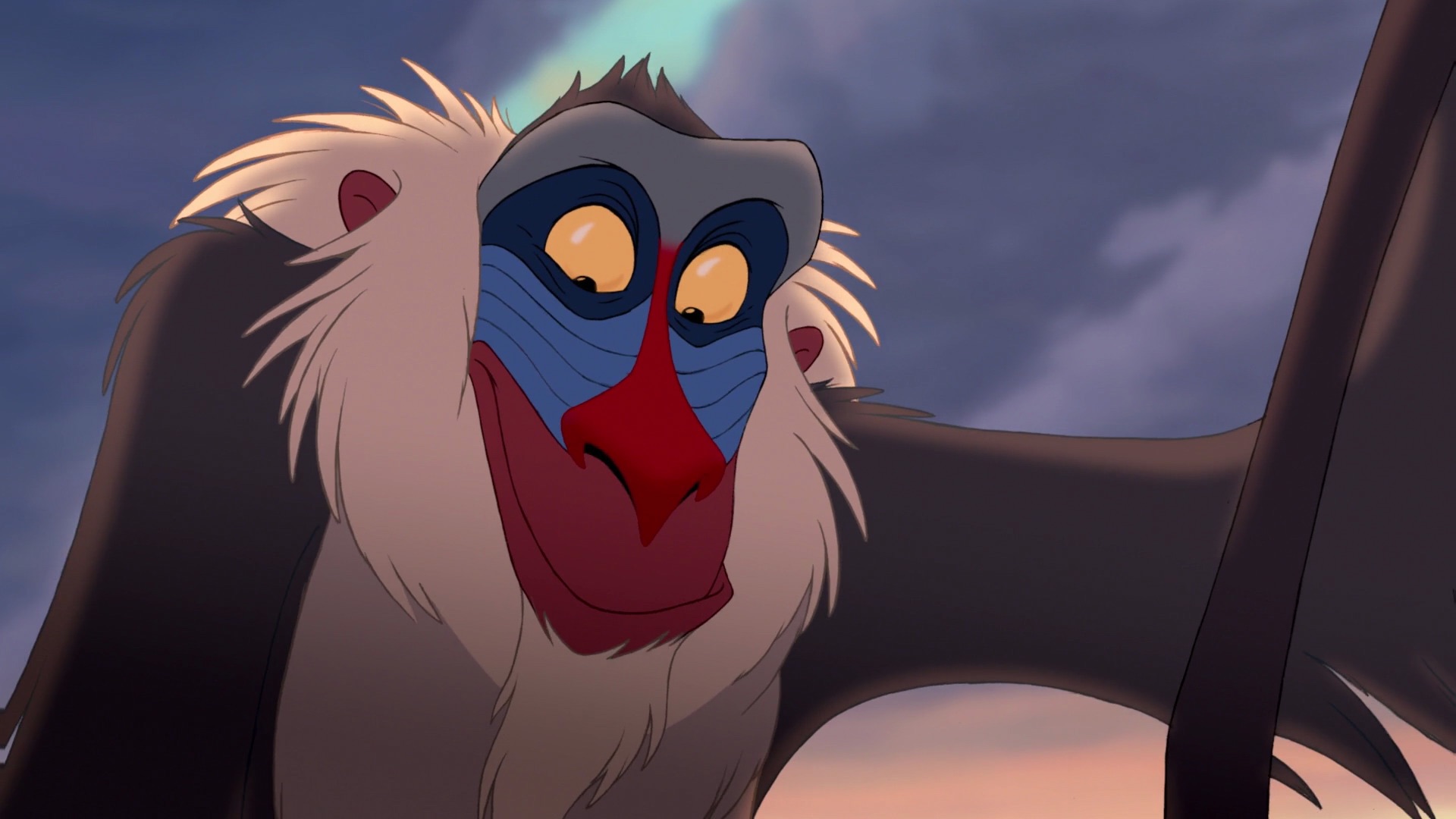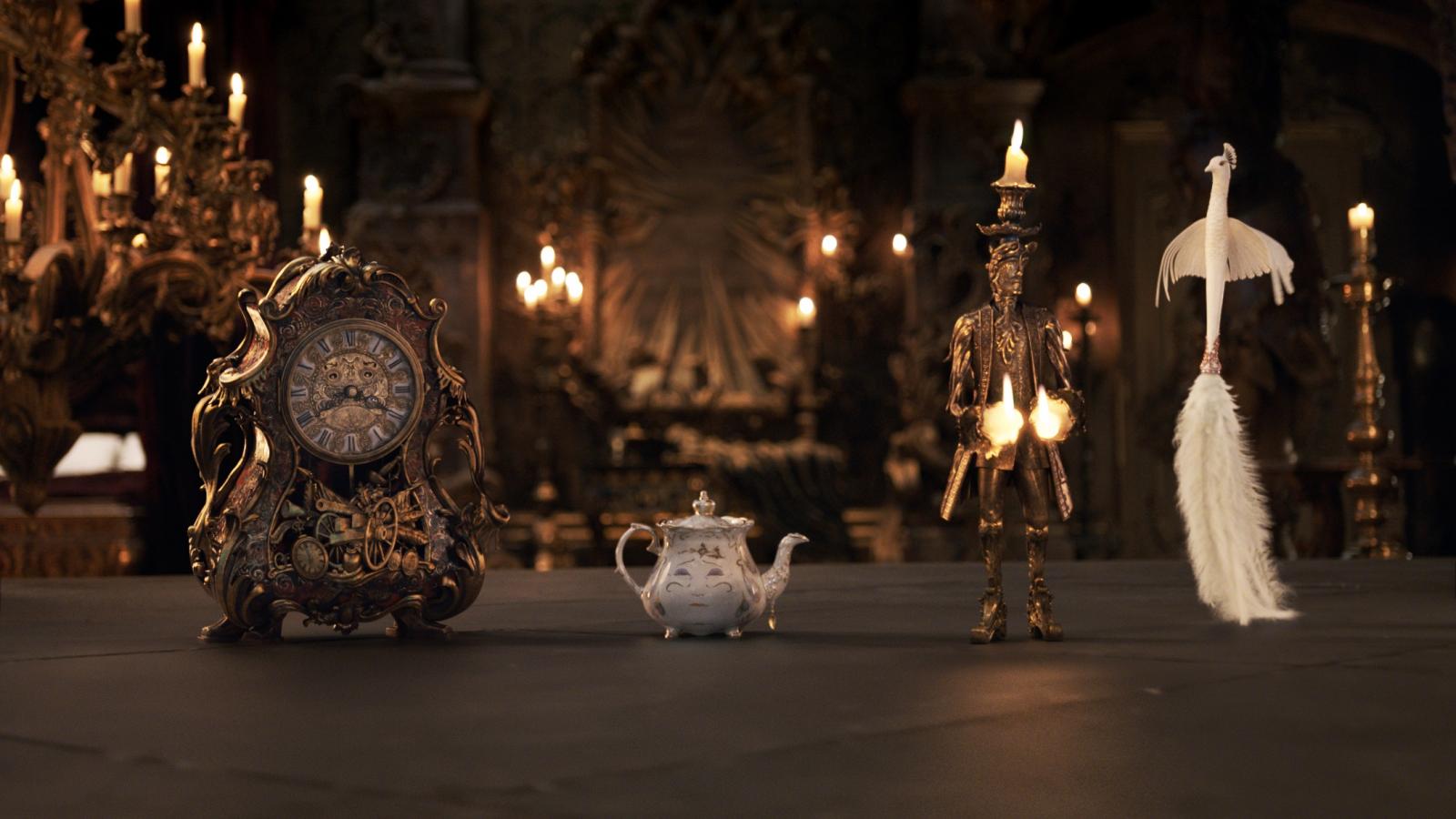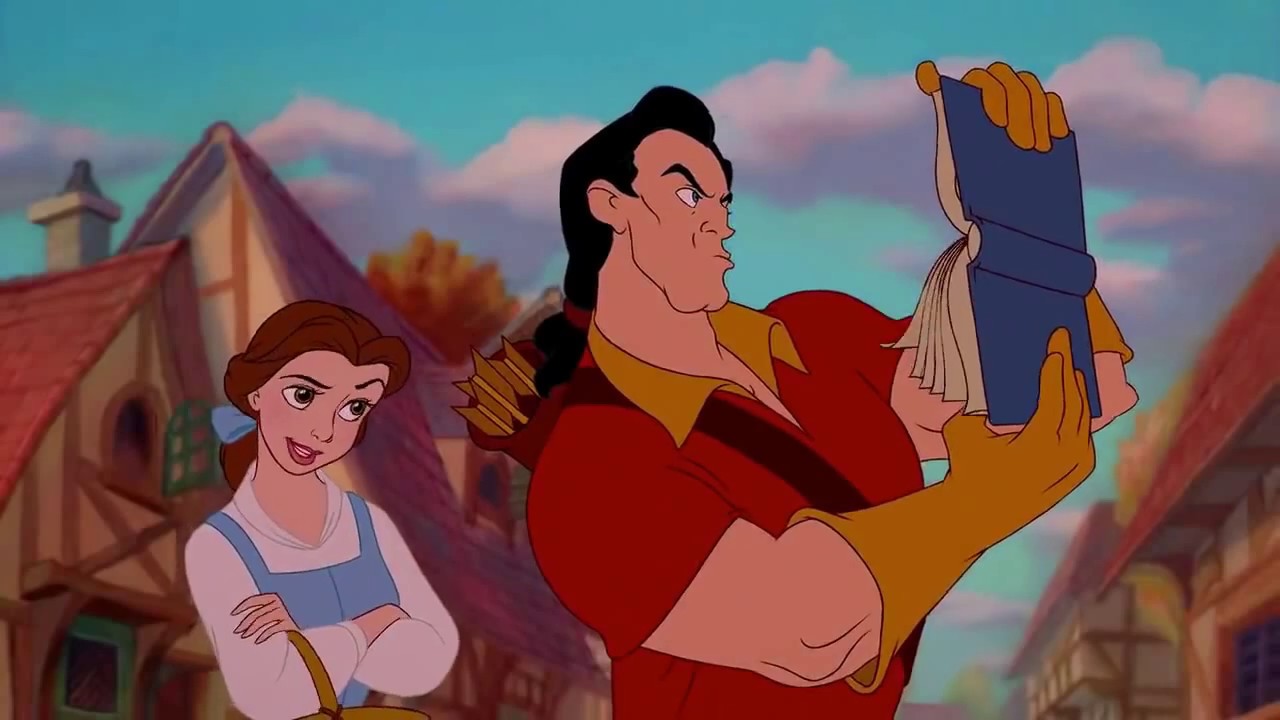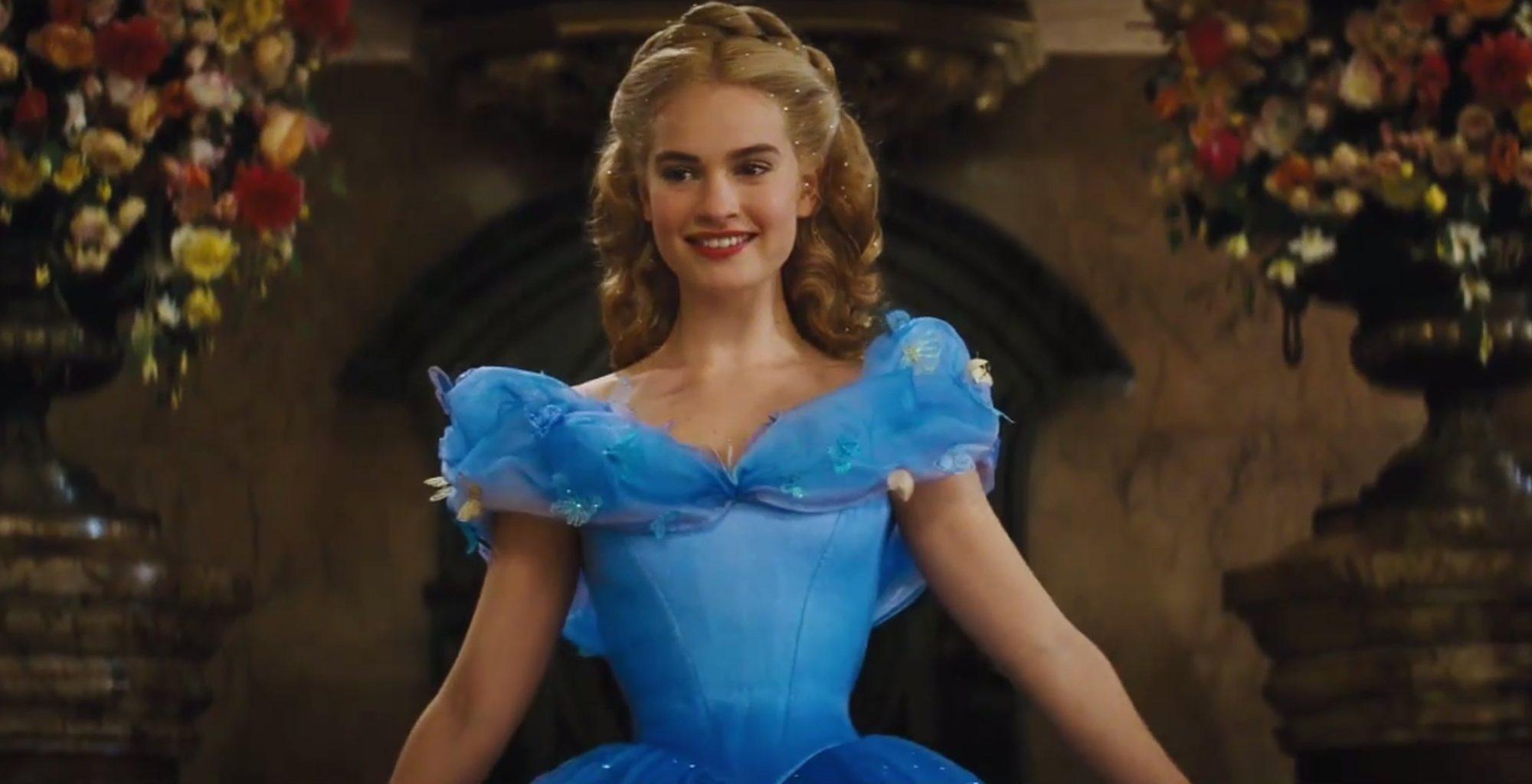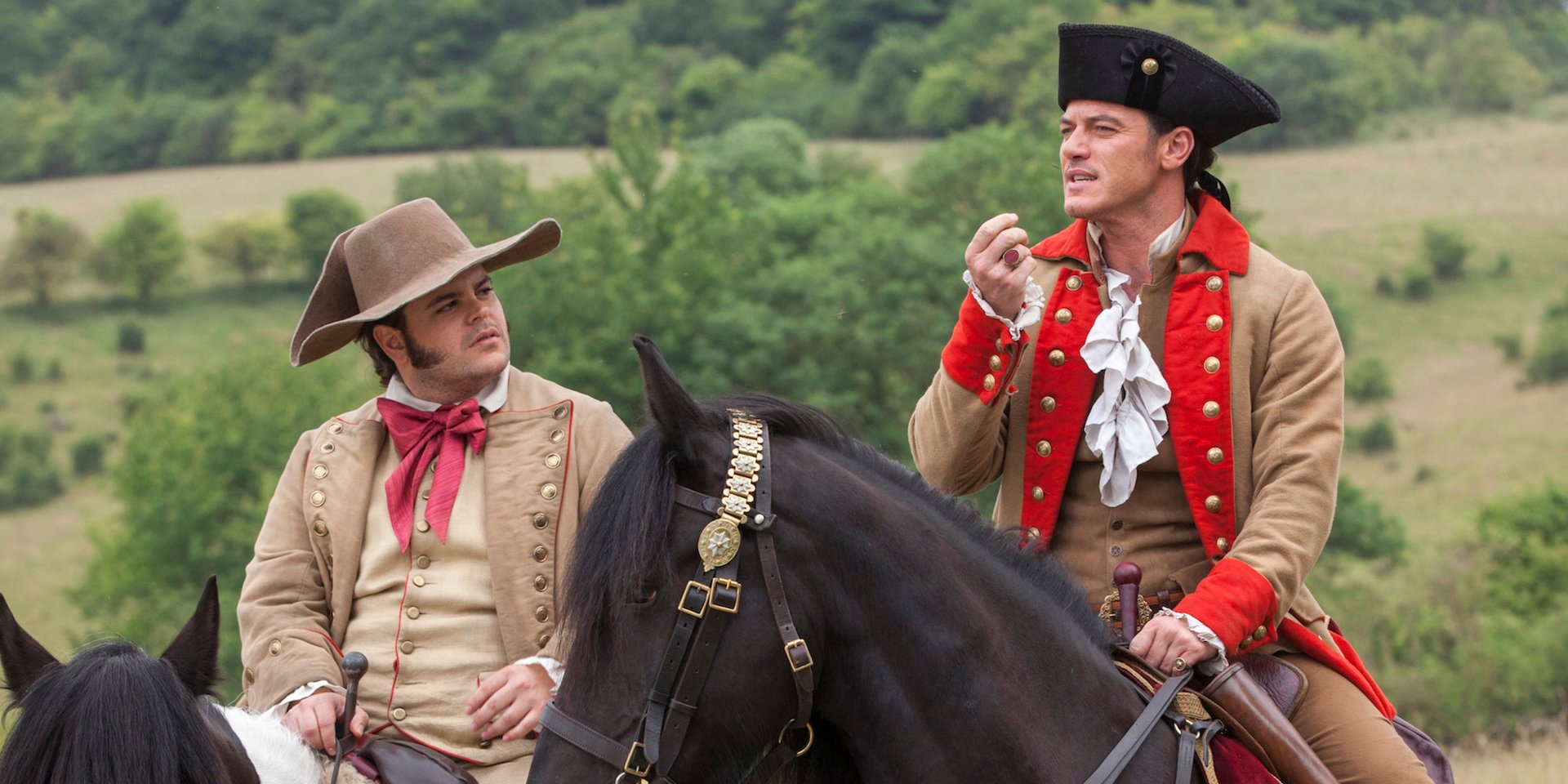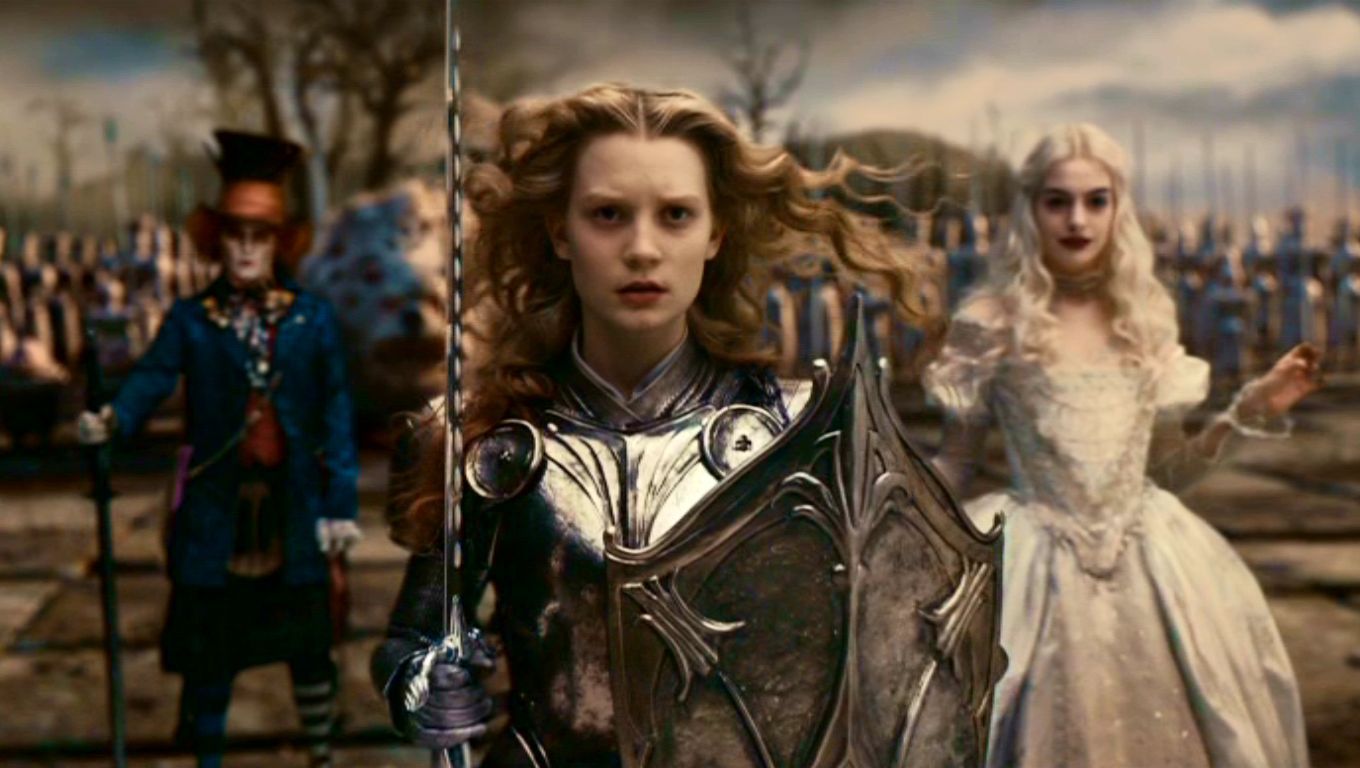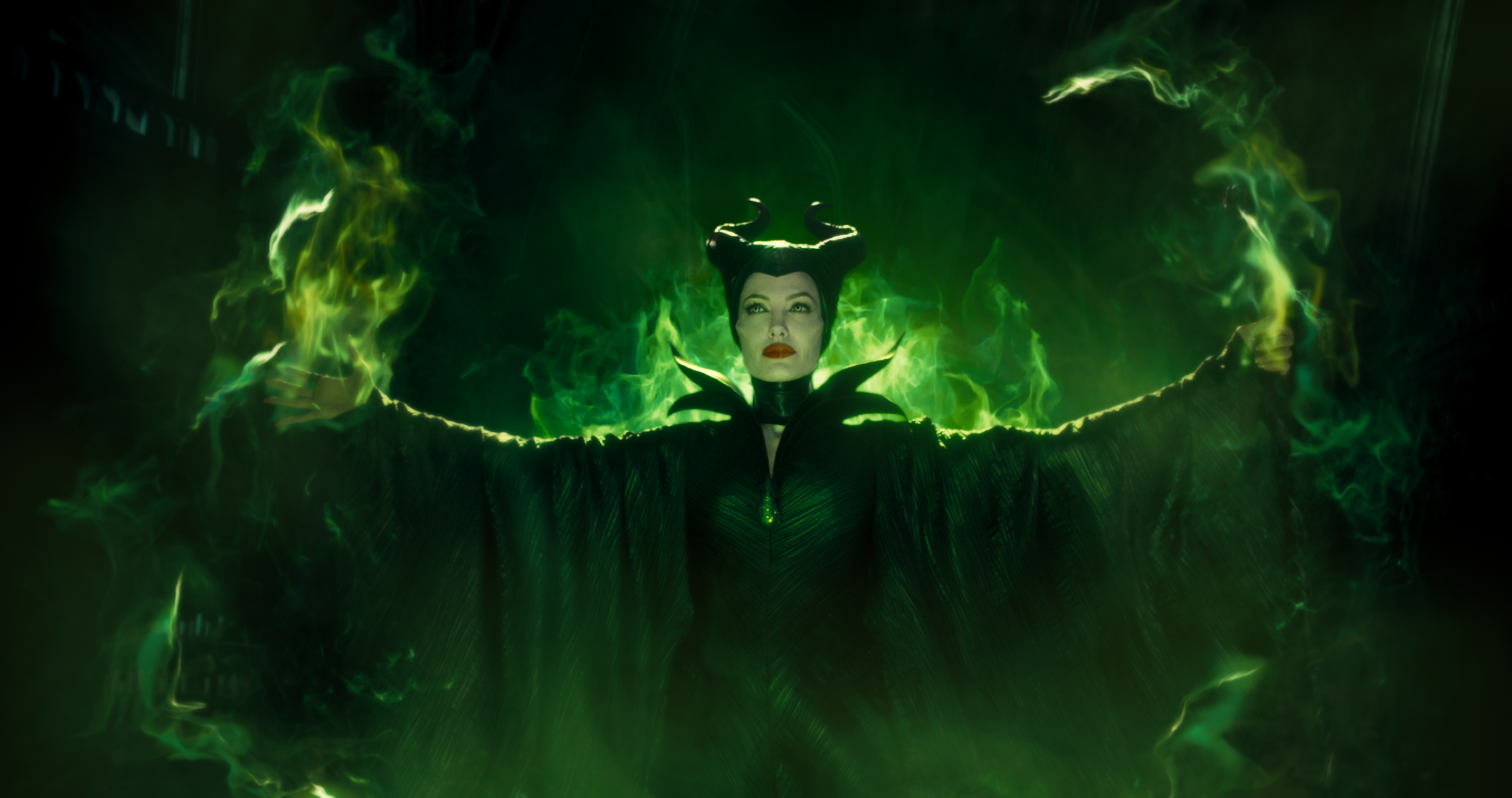In 2010, not unlike their kid stars going through an adolescent metamorphosis, Disney attempted live-action adaptations with films like Alice in Wonderland and Maleficent, but this time it was edgier and cooler! Everything from their grimmer aesthetics to darker subject matters screamed in the faces of audiences “This ain’t your daddy’s Disney any more kids! We’re dark and cool!” Even now I still shudder at the sheer mediocrity of this era of films. Then we entered into an era of live-action adaptations I live to call the “Recreationist Era”. The era began with 2015’s Cinderella which surprisingly told a fairly standard and orthodox version of the tale with small additions made. It would be a sign of what’s to come with Disney launching a full-blown campaign to bring all our favourite classic animated films to life. There were served less as reinventions of popular properties and more as reincarnations of the films of a bygone time. Regardless of the many ebbs and flows of this growing live-action franchise, there is a commonality that rings throughout them all: they’ve yet to prove better than their animated predecessors. Here’s why.
The Translation From Animation
Before we dive into the minutiae of plot deviation, differing characterization and cultural relevance of the films, we need to talk about the aesthetics and form. You know the way everything in the film looks and feels. In my younger and definitely more immature days, I perceived the idea of hand-drawn 2D animation almost as a lesser art form compared to stylized, gritty reality or flashy CGI. Boy, was I completely stupid? Looking back at classics like The Hunchback of Notre Dame, Beauty and the Beast, Sleeping Beauty and especially The Lion King, I now see the irreplaceable majesty of Disney’s classic animation. Just take the iconic scene from The Lion King in which animals all over the savanna march over to Pride Rock to bow before the lion cub Simba. There’s an amazing contrast at work.
We see that there is a clear effort to mimic the mannerisms and idiosyncrasies of the many animals from the scampering meerkats to thundering rhinoceros to towering giraffes. While at the same time, they are imbued with this energy and kinetic vibrancy that almost seem unnatural. Sometimes, switching between natural realism, exaggerated caricatures and mirrored anthropomorphism. The animators didn’t have the technology to render elaborate fur rustles or hyper-realistic textures but there was one key element: presence. Their movements are all intertwined in this amazing ballet of cause and effect. The way the gazelles leap in and out of the mist like leaves caught in the breeze, the sluggish but sure trudging of each heavy foot of an elephant. The wind behind Zazu’s freaking wings!
The intricate play of lighting and shadows that start from blood orange at the start of a new day before bathing everything in this ethereal almost heavenly glow. Then there are the eyes…THE EYES! The way so much personality and life can be conveyed from what could have been two dots in two circles. We see Rafiki’s playful curiosity and sense of wonder from the way his pupils dart back and forth around those two shining orbs he has for eyes. The way Mufasa and Sarabi’s eyes radiate this sense of rested satisfaction and burning pride for their newborn cub. In less than four minutes, The Lion King has established this insanely high bar for what 2D animation can and should strive to accomplish. A masterpiece. It is not a desperate, elaborate attempt at recreating the African wild, it is a celebration of it! It is a marriage of cartoonish whimsy and realist reconstruction! Regardless of how excited I am for 2019’s live-action version of The Lion King, I’m fairly sure it will fall short of the original. Arguably, the film is mostly CGI, so it is somewhat animated but still, based on the trailer, I can already tell the direction they’re going for. 2019’s Lion King is shooting for photo-realistic animals and natural authenticity. So by that very definition, it has neutered, if not completely omitted, the cartoonish energy and vibrancy of its animated counterpart. And even if they did try to translate it over to a live-action medium, it would look awkward and out-of-place. (And based on Dashran’s review, it does seem like I’m right.)
Again, not saying it can’t be a great film in its own right but the form itself has already limited the film’s visual capacity. In the past, Disney has tried to patch up the cracks with CGI work. Some of them worked fairly well like the talking furniture in Beauty in the Beast or the animals in The Jungle Book, though at times their movements can seem stunted and robotic. As if they functioned more out of algorithm than the unchained talent of hundreds of artists. Other times they come off as plastic and hollow, I’m looking at you 2010’s Alice in Wonderland and 2016’s Alice Through the Looking Glass. Honestly, some of the visuals in these films are straight up repugnant. Cinderella managed to pull some impressive visual spectacle but most of it came from the stunning wardrobe and beautiful sets.
The beauty of animation is the far greater control animators wield in the way the audience perceives the information on screen. One look at Gaston, Scar or Maleficent in their animated forms and you can already tell what they’re all about. Everything from body proportions to posture to facial features tells us a story. There’s deliberateness and purpose in the way character models are designed. Partly because the visual cues have to be easy to catch seeing that these films were mostly marketed towards kids. Nonetheless, there is artistry that cannot be discounted. They aided in moving the plot along at a brisk and organic pace, never feeling rushed or overly elaborative. Live-action adaptations don’t have the luxury of this control. I don’t care how big a guy you cast, no healthy, normal person looks like Gaston! Visuals and aesthetics not only play a pivotal role in setting scenes and atmospheres but also serve as shorthand for presenting characters and stories. So when the form is altered, certain changes need to be made to the plot to accommodate to the medium. These changes haven’t always been…great.
Plot And Pacing Problems
So allow me to play devil’s advocate for a moment. There have been some live-action remakes that have managed to honour the spirit of the animated films. Films like 2015’s Cinderella, for example, I felt mostly captured the essence of the original film. There were some minor issues with Cate Blanchet’s overacting but overall, everyone gave a solid performance. The visual effects were nothing to brag about but arguably the most important visual aspect of the film, the wardrobe, was done exquisitely. The film has a careful understanding of what makes the story of Cinderella so timeless.
It isn’t big, bloated CGI setpieces or complex subplots but rather the simple message of how true beauty always find its way into the world. Did I personally like the film? No, I thought the message a little dated and perhaps a tad self-flagellating but I respect the hell out of the film for its dedication to authenticity. The extra bits of lore and story never detracted from the experience and at times even enhanced it. The reason is that the 1950’s original film was so barebones in its plot and execution that a modern update necessitates for deeper exploration and context. The original’s total runtime spanning a little over an hour! The same could be said of Jungle Book with the original clocking in about the same runtime. Both of them are charming, relatively small animated productions with plenty of room to be expanded on. This factor allowed live-action filmmakers to compensate for the change in form with richer backstories and small reinventions like when Mowgli decides to stay in the wild in lieu of returning to the world of man. Safe for these two films, the rest of the live-action adaptation of Disney’s animated films would be plagued by two major issues: needless revisionism and fangless reinvention. I think the film that is most emblematic of the first problem would be 2017’s Beauty and the Beast. I’m sure there are plenty of folks who see the live-action remake as an adequate, if not fairly entertaining, fantasy musical. If you enjoyed it, then that’s fine. Nonetheless, remember the earlier problems I mentioned about having to flesh out characters like Gaston seeing that live-action films can’t merely adopt animated visual cues? Yeah, there’s this strange and pointless subplot in the film about Gaston being a sociopathic war hero that’s meant to fill in the blanks on what kind of character he is.
Then, there are these whole scenes dedicated to pointing out how sexist and regressive the town Belle lives in, with people seemingly popping up just to make snide remarks about her. The original managed to connote this entire point in a single song! And then there’s Lafeau, who is apparently gay for some reason? Quick side note and rant: Listen, Disney, I understand that you’re trying to give the LGBT community some representation and really I don’t have a problem with that. That being said, having a character who is literally called “The Fool” in French be a bumbling caricature of homosexuals is probably not the best way to go about it. Frankly, it feels insulting, cynical and half-ass. Rant over. I understand that some of these scenes were made to address some of the more problematic elements of the animated film and to make the film more politically correct. I don’t understand however why the film needed to disrupt the flow of story just to deal with said issues. There’s a persistent lack of focus and direction in the film. The original Beauty and the Beast sought to be an original take on a well-known fairy tale in which the characters and settings were retained. Okay, fairly straightforward. The live-action adaptation on the hand is a little more complicated. So imagine, if I wanted to make a live-action adaptation of a beloved animated classic but also address all the “plotholes” and culturally regressive elements of the film, while at the same time trying to stay true to the spirit of the original source material…while at the same time trying to add something new and refreshing. There’s ambitious and then there’s overreaching. Beauty would most definitely fit the latter. It’s amazing how much of the film feels so bloated yet at the same time so hollow. But oh, the Recreationist Era of Disney isn’t nearly as painful to discuss as the period before it.
During the early 2010’s, there was this weird trend in Hollywood in which studios were releasing their own strange, action flick retellings of popular children’s stories. It was kicked off in 2010 with Disney’s Alice in Wonderland. Then in 2011, we had a hot, steamy romantic take on The Beauty and the Beast story with CBS Films’ Beastly and a thriller werewolf whodunit version of Little Red Riding Hood by Warner Bros.. A year later, we’d see Universal’s bland attempt at making Snow White badass with 2012’s Snow White and the Huntsman. Then there was 2013’s Hansel and Gretel: Witch Hunters, I don’t want to talk about it. Fittingly enough this trend began to die with yet another Disney production, 2014’s Maleficent. None of them were good, I mean some of them make for great drinking games but by no means were any of them inspired. I call this period the “this-ain’t-your-daddy’s-Disney” era or the Edgy Era for short. The issue with Disney’s Edgy Era films isn’t the fact that they’re dark and different but rather that they feel far too reminiscent of other films. The original Alice in Wonderland was a surreal, whimsical if not slightly unnerving odyssey through the world of imagination. We as the viewers felt both enthralled and terrified at the prospect of entering into this world, simply because it’s so alien to our sensibilities. This vulnerable perspective through Alice generated a potent mixture of wonder, confusion and fear. The 2010 remake, however, failed to understand the essence of what made Alice’s story so magical and great. Instead, they opted to go for your typical cookie-cutter chosen one plot with Alice being the messiah of Wonderland. How utterly boring! The saviour storyline has been done to death in countless other films. They haven’t reinvented Alice, they just swapped the familiar majesty of the original with the familiar mediocrity with a billion other “chosen one” films. The best of the genre is still The Neverending Story in my opinion.
Admittedly 2014’s Maleficent is the best out of the Edgy Era fairy tale films but honestly, that isn’t really saying much. Maleficent actually had a fairly intriguing idea, Sleeping Beauty from the perspective of the evil sorceress Maleficent. For years we’ve known her as the monstrous, demonic lady who does bad things for the sake of doing bad things. So a film that gives us a more sympathetic and human side of the character could have been a welcome breath of fresh air. Which is why it’s such a shame that the film felt all too mediocre. Angelina Jolie is undeniably the best part of the film, reveling every moment of her character’s wicked joy, melancholy and vengeful wrath with all the gusto of a wide-eyed thespian. The story, though not without a few exciting moments, is predictable to a fault with your typical CGI-heavy third act. So much wasted potential. I don’t hate live-action Disney adaptations, occasionally there are some who come close to giving us some of that good ole fashion family fun I remembered from yesteryear. Not one, however, has managed to capture the visual and kinetic vibrancy of the original animated films. And while some films like Cinderella and The Jungle Book have provided valiant efforts in staying true to the spirit of their animated predecessors, they function more as reverential homages than they do as spiritual successors. Neither films from the Recreationist or Edgy Era has managed to match the quality of the original animated films so far. Is there anything Disney can do about this disparity in quality? Frankly, no. I recommend they start reorienting their efforts into making original animated films like Moana and Zootopia. There are thousands of interesting, unadapted stories and talented writers out there! It’s time for Disney to get its head out of the past and move forward.
